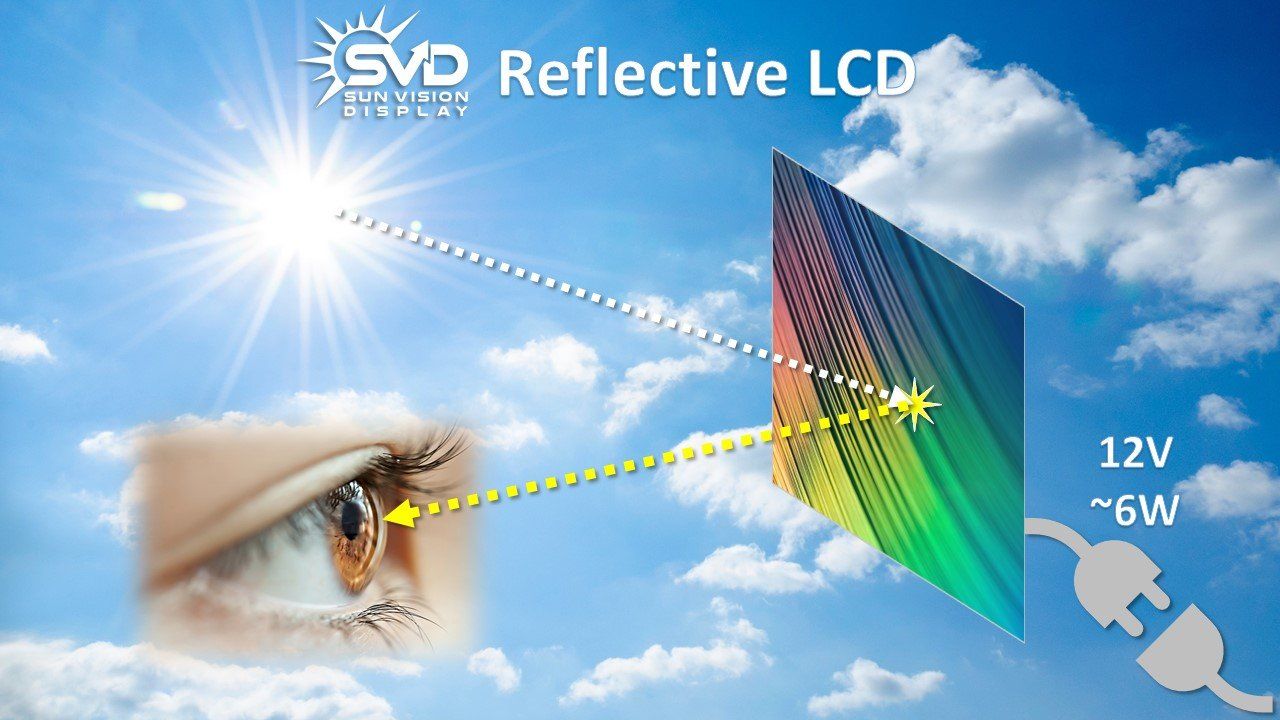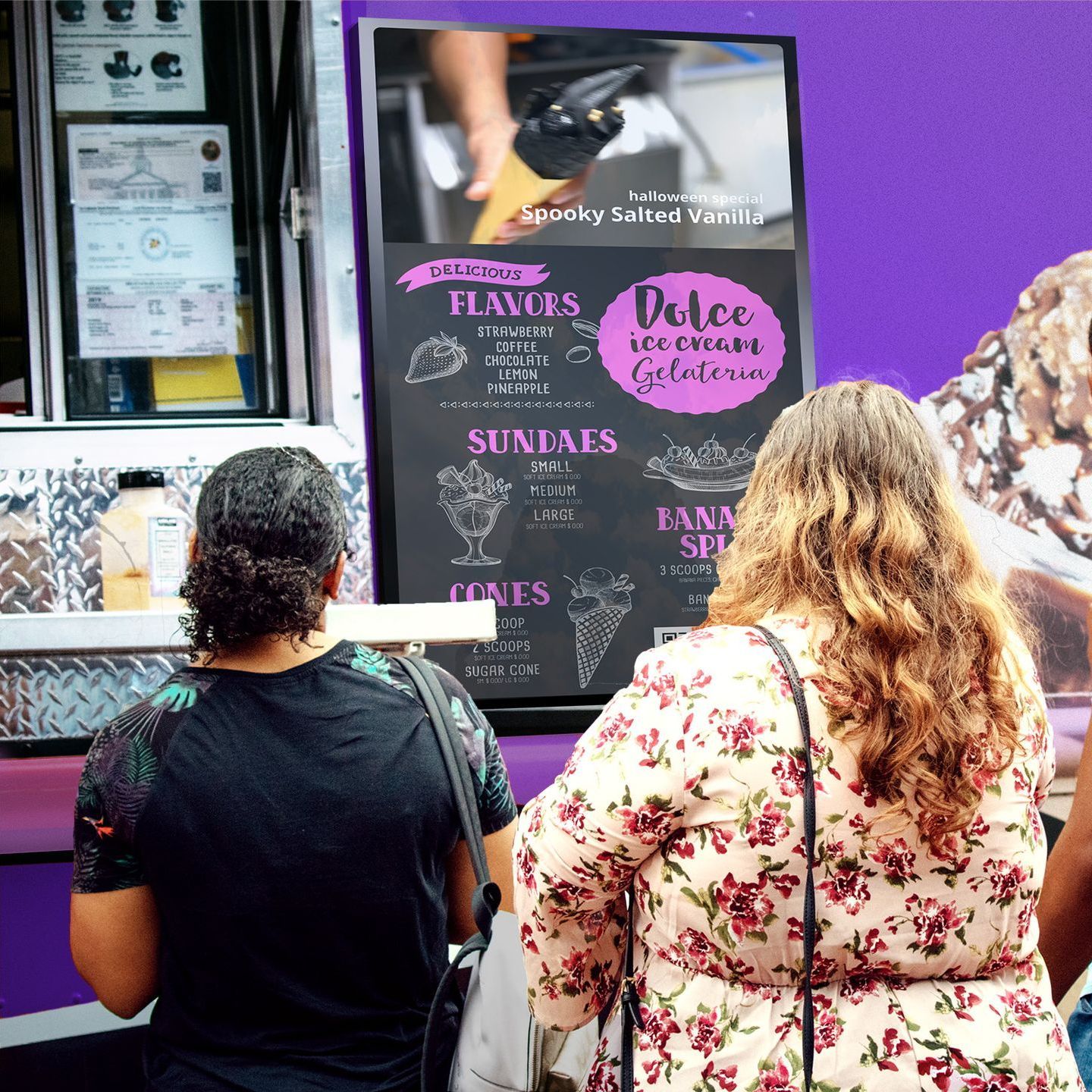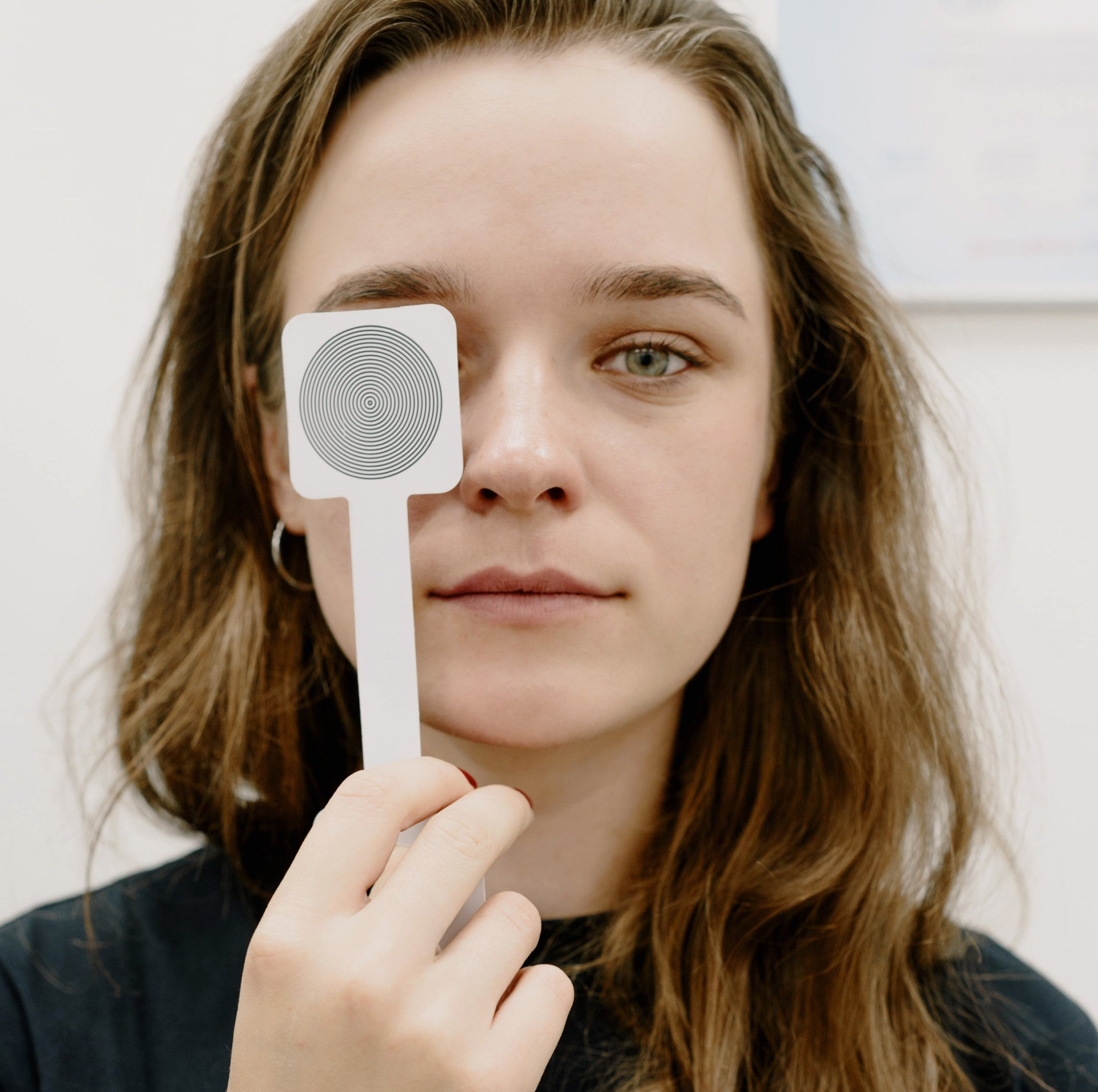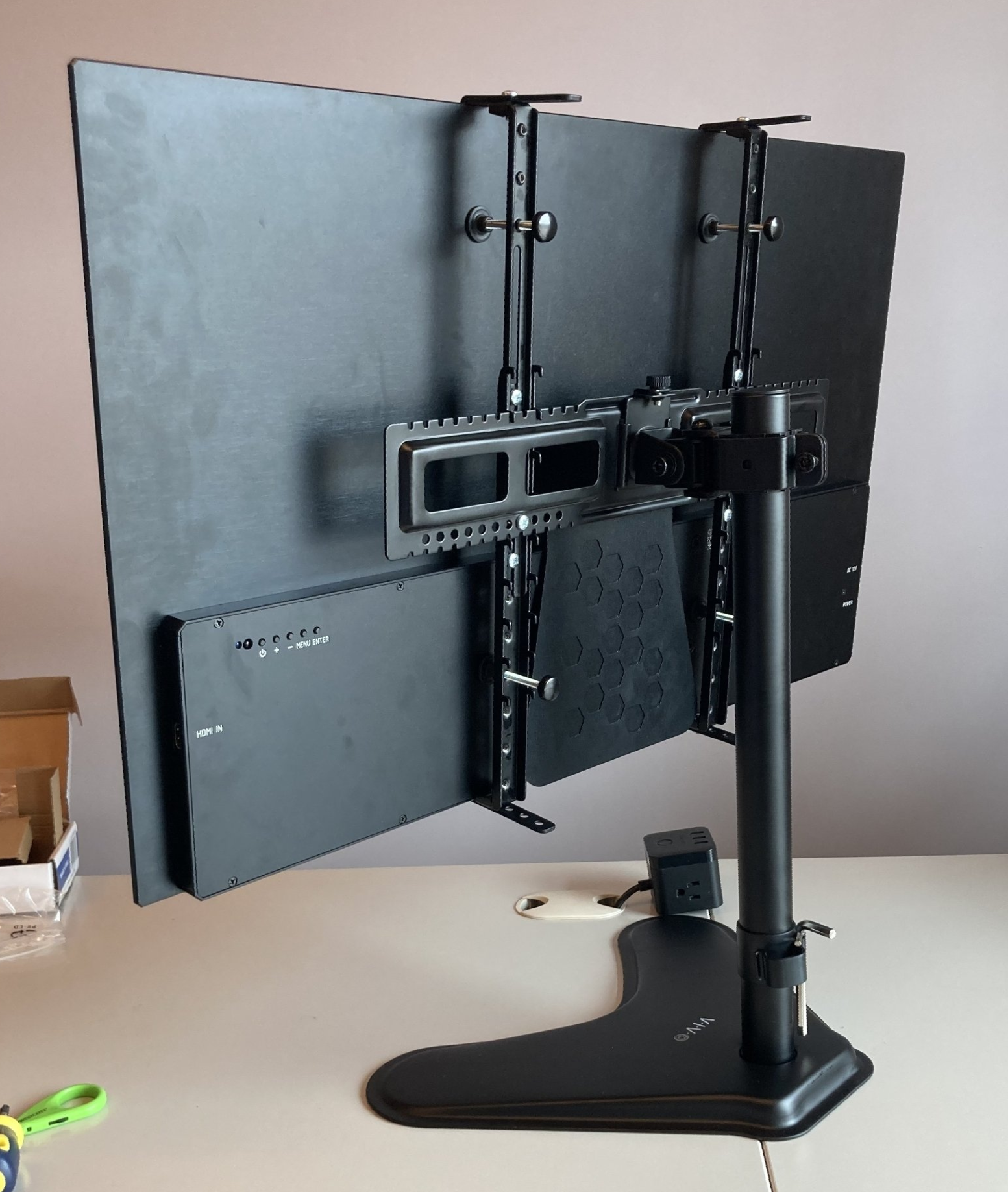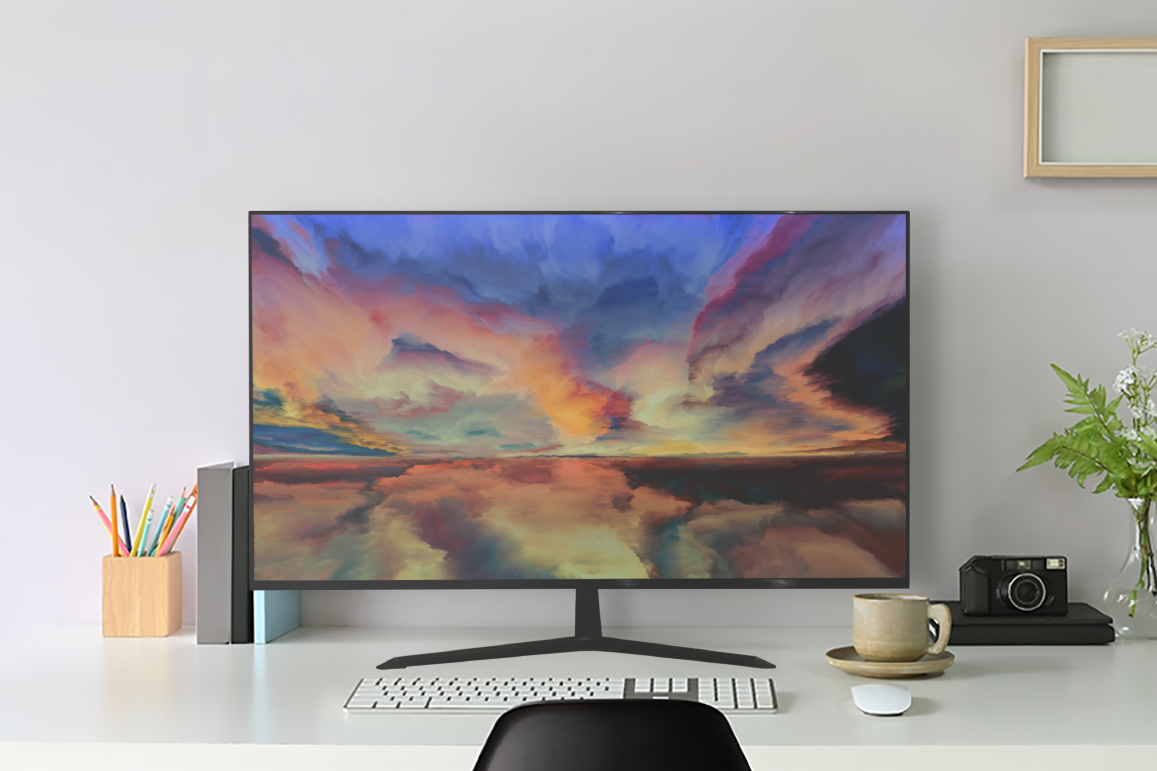The Lifespan of Digital Display Technologies
Perhaps you’ve wondered how long a digital display lasts. It’s a great question. One quick search on Google will tell you that an LCD panel has a lifespan of about 60,000 hours, which is equivalent to almost seven years.
Of course, LCDs aren’t the only kind of displays. You also have LED, OLED, QLED, ELD, PDP, and MicroLED, plus many other variations. Obviously, that 7-year estimation will not apply across the board. For the sake of ease, let’s just focus on some of the common types of displays that most of us are familiar with.
LCD Display Lifespan
Here’s some LCD alphabet soup: There are LED LCD displays, CFFL LCD displays, LED displays, and more. With all these acronyms, it can get a bit confusing. What's important to note is whether or not the display uses an LCD panel, and how the LCD panel is illuminated. You can read more about the differences between types of LCD and LED signage, but these are the most common types:
- LED displays have no LCD panel. Rather, they have a network of Light Emitting Diodes (LEDs) which work together to create an illuminated image.
- LCD displays generate images and colors via a Liquid Crystal Display (LCD) panel, which is not self-emitting and requires an external light source to illuminate the image, typically an LED backlight. Their full name "LED-backlit LCD display" is commonly shortened to "LED displays", which is why they're often confused with the true LED displays we've identified above.
Unfortunately, LED backlights used in LCD displays burn out over time. If used at high or maximum brightness, which is necessary for outdoor applications, an LED backlight will last between 40,000 to 60,000 hours. Or, about 4.5 to 7 years.
OLED Display Lifespan
OLED stands for Organic Light Emitting Diode. OLED displays differ from common LCD displays in that their pixels are self-illuminating. In other words, there is no LED backlight required to illuminate the the display image; everything occurs within the OLED pixels themselves. According to one article from the US Department of Energy, OLED screens have a life expectancy of about 40,000 hours at 25% brightness, and 10,000 hours at full brightness. That equates to about 1 to 4.5 years, which is a much shorter (albeit, brilliant) lifetime than an LCD display.
QLED Display Lifespan
Perhaps you noticed that the acronym QLED closely resembles the acronym OLED. This is not accidental. QLED is basically Samsung’s original design built to compete with OLED technology. However, the two are not the same. QLED stands for Quantum Light Emitting Diode. While QLED is similar to a regular LED design, it in fact differs by using nanoparticles called “Quantum dots” to achieve its unique brightness and color. Samsung approximates that the lifespan of QLED panels are likely to last 7-10 years. After that, a user is likely to notice traces of degradation.
MicroLED Display Lifespan
MicroLED is an emerging display technology, consisting of small LEDs in tiny arrays within each pixel. This technology goes beyond the offerings of the formerly frontrunning OLEDs, with much darker blacks and more radiant contrast levels. And, unlike OLEDs, MicroLEDs are not organic. They are not as subject to burn-in, and thus, have a longer lifespan than OLEDs. However, they are significantly more expensive - so much, in fact, that they aren’t considered a viable option for the majority of consumers. According to Samsung, the lifespan of its MicroLED panels should last about 100,000 hours, or, roughly 11 years.
Plasma Display (PDP) Lifespan
PDP stands for Plasma Display Panel, and it refers to displays that use small cells full of plasma. The atoms within the plasma emit light upon being charged by electricity. While PDP is generally considered to offer better colors than LCDs, they consume a lot more power and usually cannot be battery-operated. The average lifespan of the newest generation of PDPs is approximated to be 100,000 hours, or 11 years of continual use.
Reflective LCD Lifespan
In some ways, reflective LCD panels operate similarly to other LCDs, only they have one key difference - they do not require a backlight. Instead, they rely on ambient light (or sunlight) in order to produce images. This opens the door to some groundbreaking possibilities. The first (and most appreciable) is low power consumption. Reflective displays use up to 95% less energy. Not bad - especially in a world that is continually looking for new ways to go green. Take into consideration the financial implications of this. Lower power means less money spent on operating costs.
Being that reflective displays do not require a backlight (a component that is particularly subject to degradation), and since they do not generate as much heat, it is safe to say that the lifespan of these displays should far exceed that of backlit LCD panels (which was 7 years at the high end). However, being that this innovative technology is relatively new, its actual lifespan is therefore more difficult to estimate -- simply because it has yet to be reached.
Side-By-Side Comparison of Digital Display Lifespans
The below chart helps summarize the lifespans of common digital display technologies.
| Technology | Lifespan (Hours) | Lifespan (Years) |
|---|---|---|
| LCD Display | 40,000-60,000 | 4.5-7 |
| OLED Display | 10,000 (100% brightness)-40,000 (25% brightness) | 1-4.5 |
| QLED Display | NA | 7-10 |
| MicroLED Display | <100,000 | <11 |
| Plasma Display | <100,000 | <11 |
| RLCD Display | >60,000 | >7 (TBD) |
Challenges of Reflective LCDs
1. Low-light Readability
There are also a few challenges that can affect reflective displays. For one, they rely on ambient light. On a nice sunny day, these displays perform beautifully and can be easily seen in even the brightest of conditions. This performance wanes as the available ambient light decreases. And, since they do not generate light of their own, they are not designed to be viewed under nighttime or extremely low light conditions (without additional lighting features). In short, their images are visible to the degree that ambient light is present. However, in light of this, side light (and front light) options are being explored.
One company at the front lines of this research is Azumo. Azumo has created a light guide that laminates to the front of a display. It requires 90% less energy than the backlight of a traditional LCD display. This greatly improves the problem of low light visibility otherwise encountered, and keeps reflective displays in the same low energy consumption ballpark. One issue, however, is that Azumo currently only offers its light guides for smaller-sized units. If you happen to want this feature applied to a display that is over 10” diagonally, then you’re still on the search for a solution.
Other “pioneer companies” are at the frontier of this research as well, and many are already innovating new solutions to increase the viability of reflective technology - both in their low light visibility and in the screen sizes they are available in. Due to the huge potential offered by reflective technology, it is fair to assume that we will see even greater enhancements to it in the very near future.
2. Up-front cost
One other factor to consider regarding reflective technology is its cost. That reflective layer is more costly to manufacture than many of the backlights it replaces, creating a seemingly greater upfront cost for those who are interested in investing in energy-efficient signage. However, these initial price points are quickly justified as buyers will recognize the significantly lower operating costs and increased longevity (not even including replacement costs of other “expired” displays) that comes with their purchase of reflective display signage. If a backlit LCD panel only lasts 7 years, for example, you’ll have paid for that LCD twice in the period of ten years. A very valid question arises… is that “cheaper” backlight really cheaper? Probably not. It only feels that way at first.
Reflective LCD Digital Signage from Sun Vision Display
Sun Vision Display is working hard to create reflective display solutions for the digital signage world. We are currently offering them in 32" and 43" diagonal sizes, with a 55” size in development. These displays are built for many environments. We are thrilled to be bringing such innovative solutions to the market.
If you have any questions, or if you would like to talk to a representative about how our solutions might work for you, please don’t hesitate to contact us. Simply scroll down to the bottom of the page to our form, and we’ll get back to you in a timely manner. We look forward to the possibility of working with you!
Want to know more about Sun Vision Display?
Leave us your info, and we'll get right back to you.
Sign up to our newsletter
We will get back to you as soon as possible
Please try again later
PRODUCTS
APPLICATIONS
ABOUT
FOLLOW US
GET IN TOUCH
Sun Vision Display
25 S. Grove Ave., Suite 401, Elgin, Illinois 60120
United States of America
Phone: +1-224-268-3343
Email: sales@sunvisiondisplay.com
New Vision Display - All Rights Reserved | Privacy Policy | Terms & Conditions
Sun Vision Display is a trademarked brand of New Vision Display.
The terms HDMI, HDMI High-Definition Multimedia Interface, and the HDMI Logo are trademarks or registered trademarks of HDMI Licensing Administrator, Inc.
